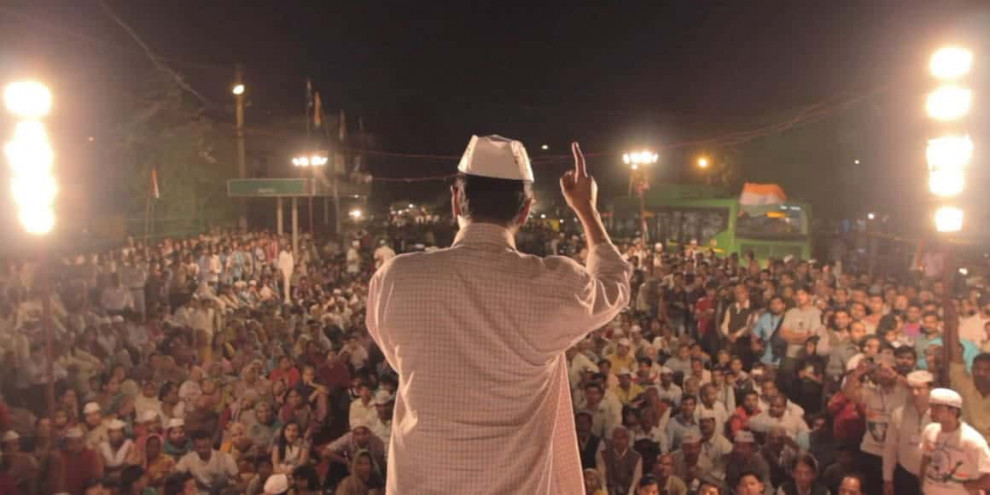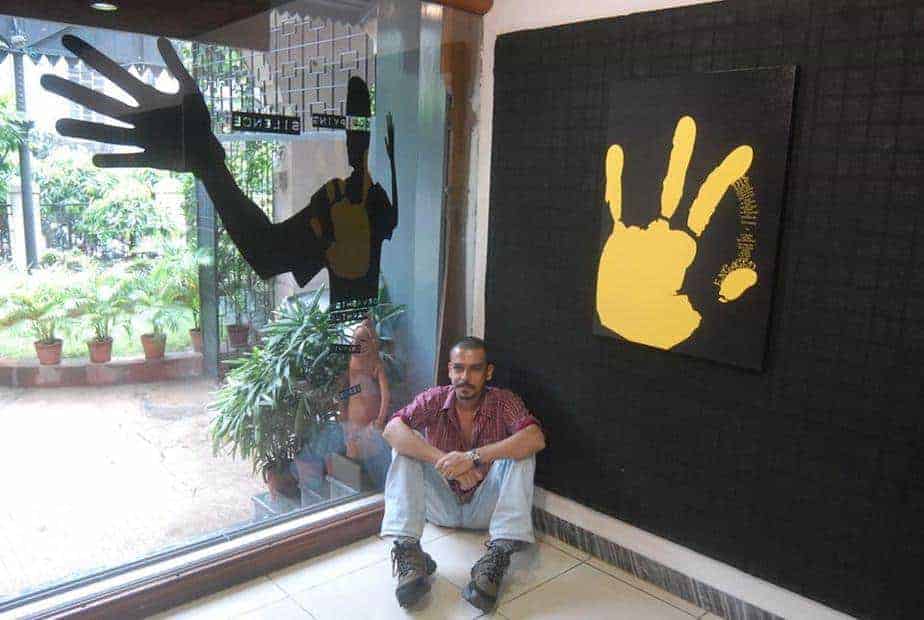The list was initially published on June 2017
Probably the lesser known category of Asian cinema, since, for a long time, not many of them were released outside the borders of their country of origin. Thankfully, during the last decade, the interest toward the Asian documentary has increased, with a number of them finding screenings in festivals all over the world, and many on digital media and streaming platforms, like Filmdoo. Companies like Icarus Films, Zakka Films have been the pioneers of this tendency, but other companies are also starting to deal with the particular genre.
Here are some great samples
1. We Shall Overcome (Chie Mikami, 2015, Japan)
The Okinawa islands are located in Japan's southwest. There was intense land warfare in Okinawa when the Allied Forces invaded at the end of WWII. Over 100,000 locals died in the Battle of Okinawa. After the war, Okinawa was under a different administration of the United States Military Forces than the mainland. As a result, many Okinawans had to surrender their land to the U.S. military bases. The Japanese Constitution was not applicable in Okinawa during this time. In 1972, control of Okinawa was given back to Japan. But the military bases and the impact of the oppression remained. And now, in 2015, there is a plan to build a new military base, complete with a port, an airfield, and an armory.
The documentary deals with the continuous and desperate struggles of the islands' inhabitants to keep the U.S. military from building the base, disrupting one of the few virgin seas remaining in the world. The documentary focuses on three central figures of the movement, Hiroji, Takekiyo and Fumiko, examining their everyday life and through them, the history of the islands since WW2.
All three of the aforementioned individuals, are unique characters. Hiroji, a relentless leader of the movement, is every day in front of the US military base in Henoko, shouting messages, rallying the rest of the demonstrators and trying his best to obstruct the trucks transferring materials for the new base to the camp. Takekiyo has his whole family (wife and three children) dedicated to the cause, with them even having weekly rituals regarding their protesting. The scene where his older son gives a speech in front of the crowd regarding the cause, is one of the most touching in the film. The one who steals the show, though, is 85-years-old Fumiko, a survivor of the Okinawan war, who is at least as energetic and determined as the younger members of the movement. Chie Mikami focuses a large part of the documentary around her, as she tells her dramatic life story and explains the reasons she is still protesting. As many of the protesters use canoes to reach the place where the base is to be built, the government hired local anglers to patrol the area. The documentary also records Nakamura's (one of those men) opinion on the subject.
2. Mother, I've Pretty Much Forgotten Your Face (Michiro Endo, Japan, 2015)
Michiro Endo is a cult icon in Japan. Born in 1950, in Fukushima, he formed the former punk band “The Stalin” in 1980, a group with radical performances and methods of expression, which featured in Sogo Ishii's “Burst City.” “The Stalin” were disbanded in 1985, and Michiro Endo started his solo career in 1993, giving, mostly, acoustic folk performances. In 2011, he begins the “Project FUKUSHIMA!” with various activities to support the restoration of the area after the Great East Japan Earthquake. The same year starts his Kanreki tour, to celebrate his 60th birthday. He films this tour from January 23 to September 16, and the footage becomes the backbone of “Mother, I've Pretty Much Forgotten Your Name.”
The film starts with a performance by “The Stalin” (Endo reunited them for this tour), that highlights the band's, but mostly his, extremity. The concert involves him gasping repeatedly, rather explicit lyrics, a siren that he holds towards the audience, which has filled a kind of an underground club, a pig head, and, at the end, him throwing bloody intestines to the crowd. However, the film does not move in this direction at all, as it introduces the man behind the makeup, the loud voice, and the extremities. This tactic becomes rather evident in one of the recurring scenes that have him talking with a friend, who is also a poet, where he states that he is actually bothered by the fact that the people in the audience seem to enjoy having intestines throw at them, while his purpose was the exact opposite, to make them angry.
During his Kanreki tour, the Great East Japan Earthquake occurred, and being a Fukushima native, Endo was devastated, particularly because he could not communicate with his family, but continued performing. However, and despite the fact that he rarely visits his hometown, he started the “Project FUKUSHIMA!” to help the area.
Michiro Endo presents a succession of scenes, including ones where he speaks by himself, dialogues with a number of associates, particularly people who owned the venues he performed, but also other activists and musicians, and live performances recorded. Through this footage, he manages to analyze himself as much as possible, and in the process, presents a rather interesting individual – himself.
3. An Insignificant Man (Khushboo Ranka and Vinay Shukla, 2016, India)
The importance of this documentary becomes evident from the way it raised the funds for its production. As the makers of the film had a goal of $20.000, they decided to “plea” through their film site for financial support, in order to conclude it. The result was staggering, since 782 contributors (who are thanked in the beginning of the film) donated $120,000, at the end of the campaign, making it the largest crowd funding campaign of its kind in India, hosted by the filmmakers on their own platform.
The documentary revolves around Arvind Kejriwal, and the rise of anti-corruption protests in India that led him to form the Aam Aadmi Party (Common Man's Party), with the help of Yogendra Yadav, an academic of politics. The documentary captures the day-to-day functioning of the Party between December 2012 and December 2013, ending with the New Delhi elections.
The presentation is quite detailed, as it describes the forming of the party, starting with the basics and ending with the 2013 elections, although at the end of the film, its current situation is also revealed. In that fashion, it begins with the first meetings between Kejriwal and the volunteers, and chronicles their door-to-door approach to their voters, their desperate efforts to change India starting with New Delhi, and their struggles against their well-established opponents. The Indian National Congress (INC), headed by the Sheila Dikshit who has been elected for 15 years in a row and the Bhartiya Janta Party, whose funding was exuberant in comparison with AAP and were not above using any method to blemish Kejriwal's campaign.
What is impressive though, and despite the obvious pro-AAP approach of the documentary (they asked from the other parties to participate but they declined) is that it does not shy away from portraying the negative aspects of the campaign. In that fashion, the friction between the volunteers and the leadership, and the eventual succumb to populism, as Kejriwal, in a desperate effort to reverse the curve against him a little before the election promised 700 liters of free water to each household daily, and that he would cut the electrical bills by 50% are also presented in detail. The latter, however, was eventually accomplished.


















